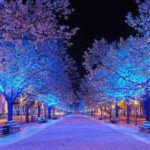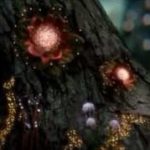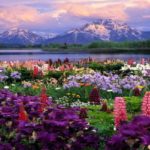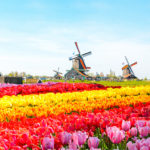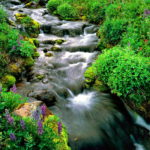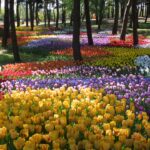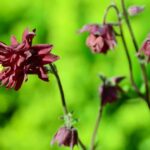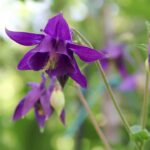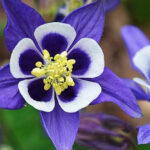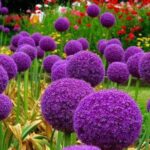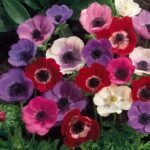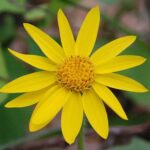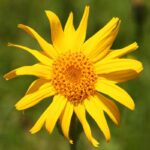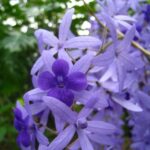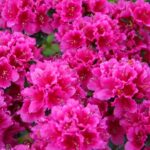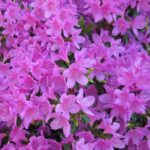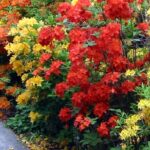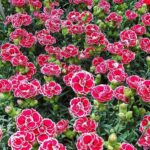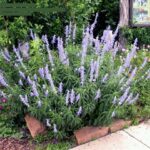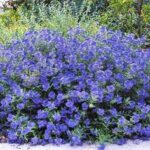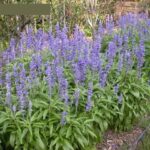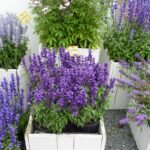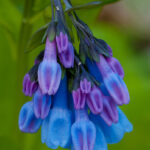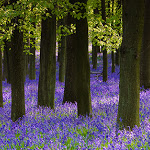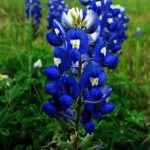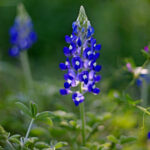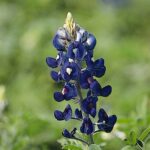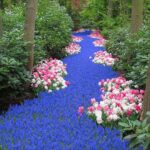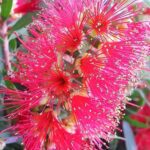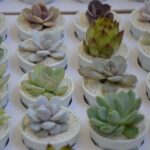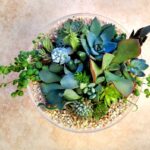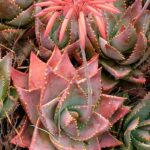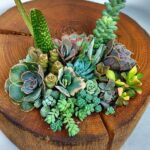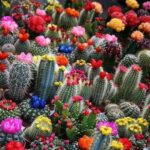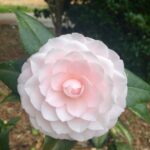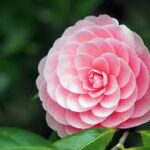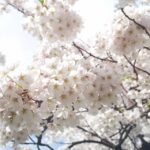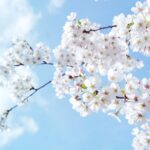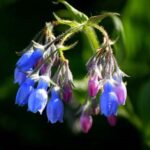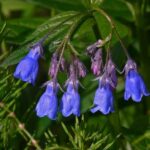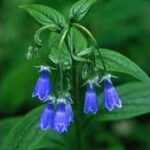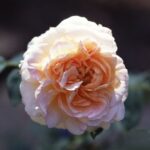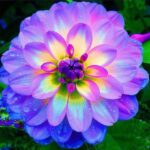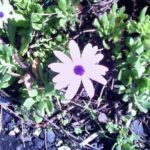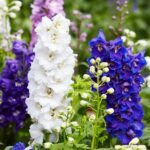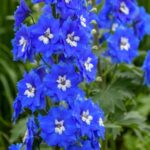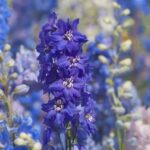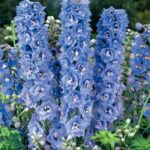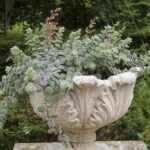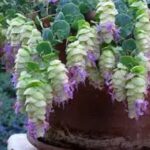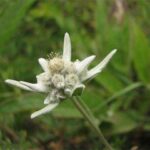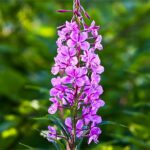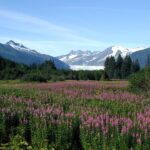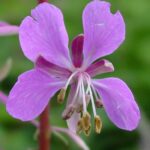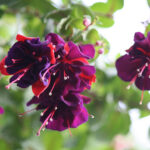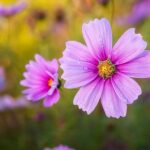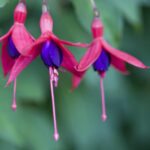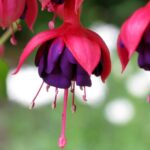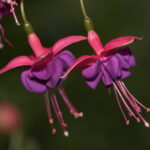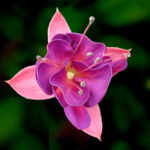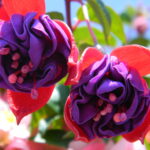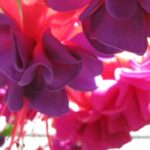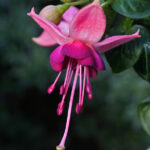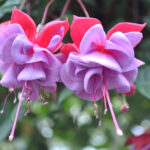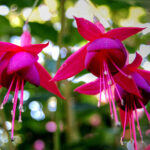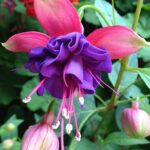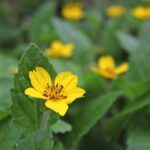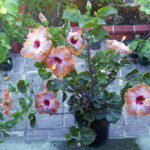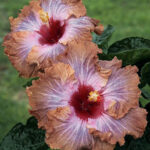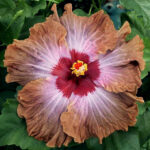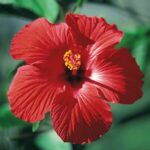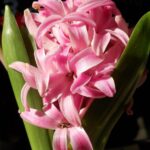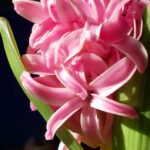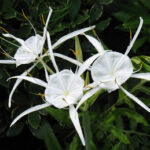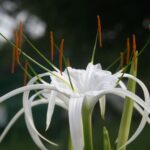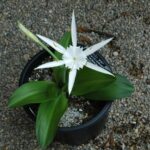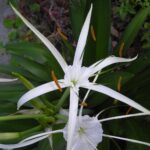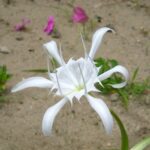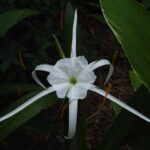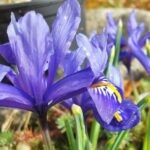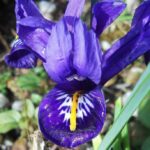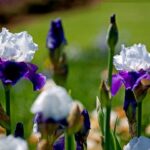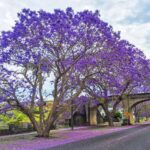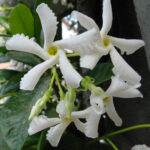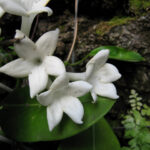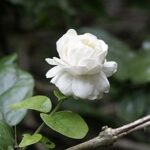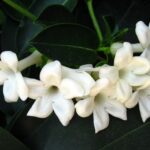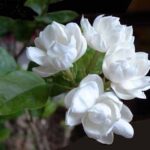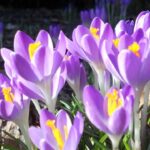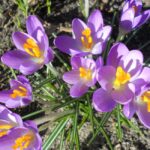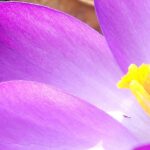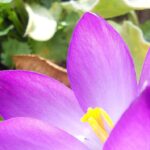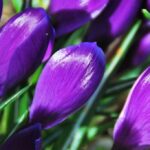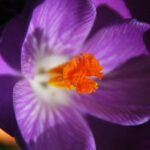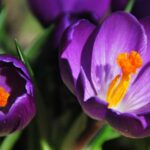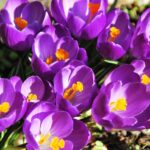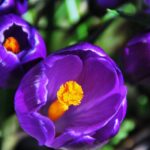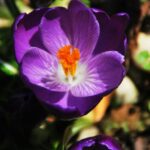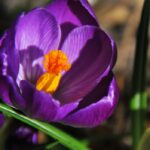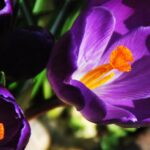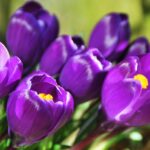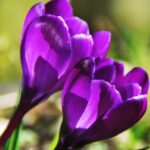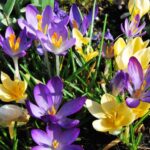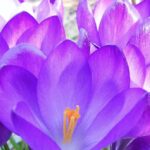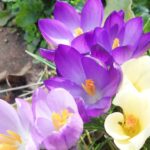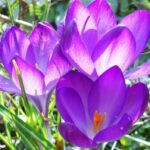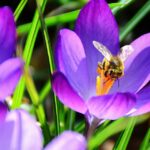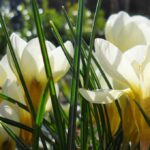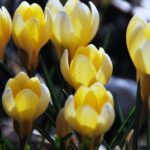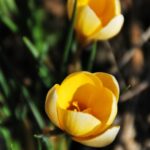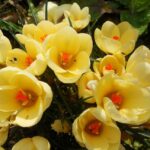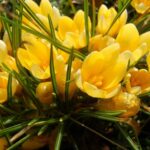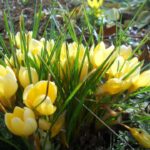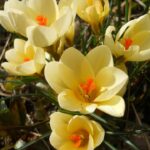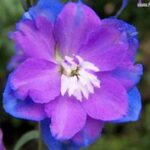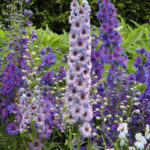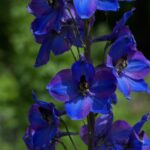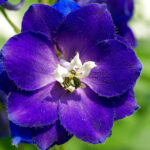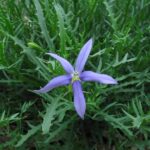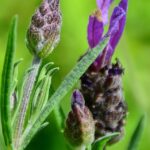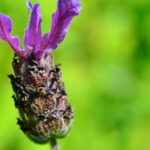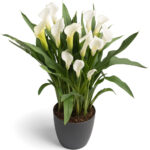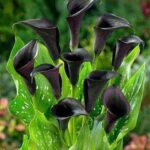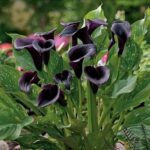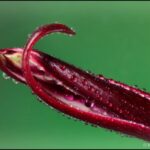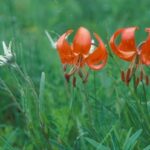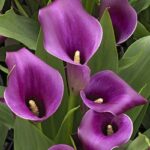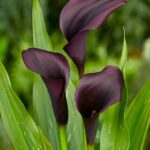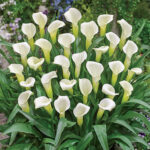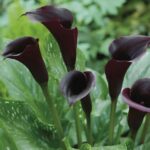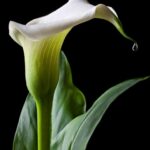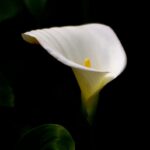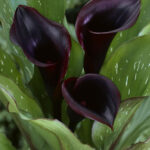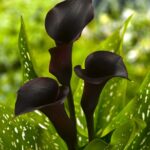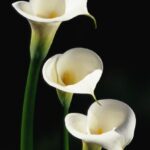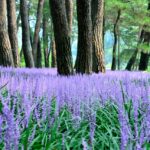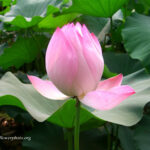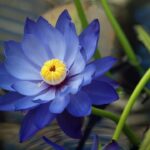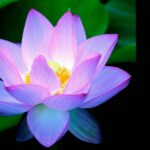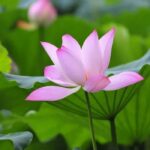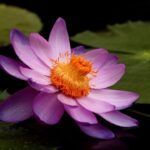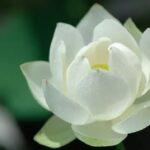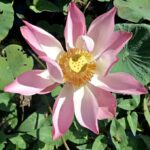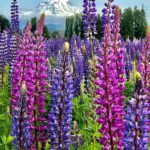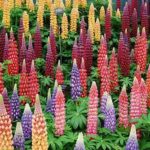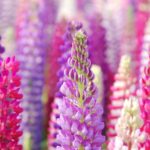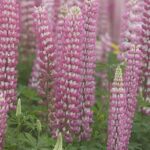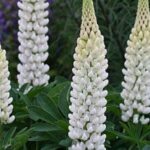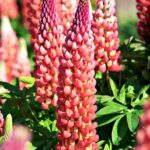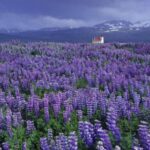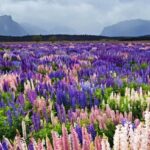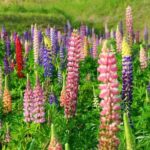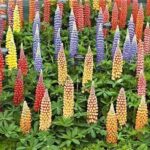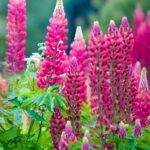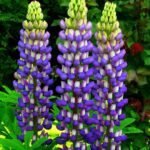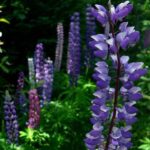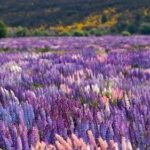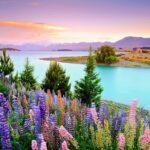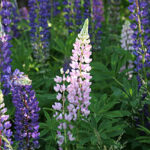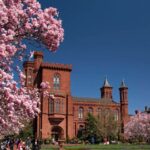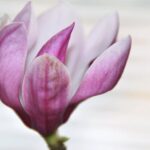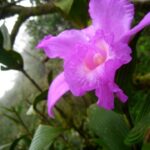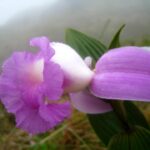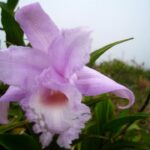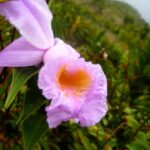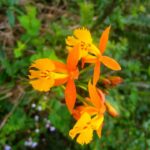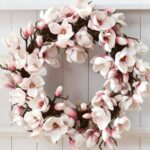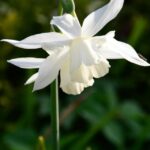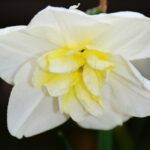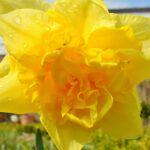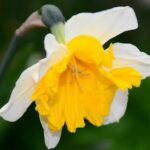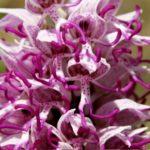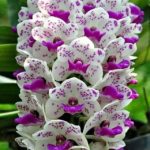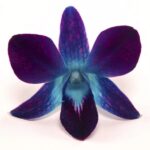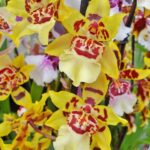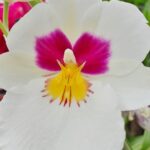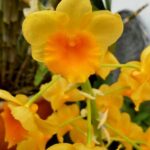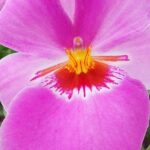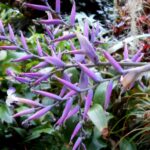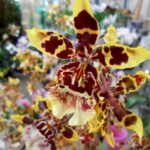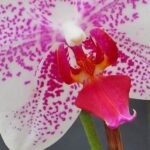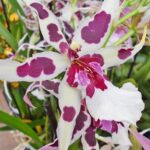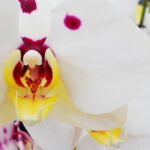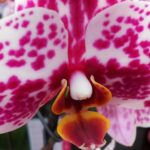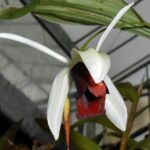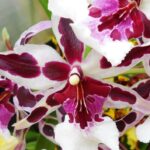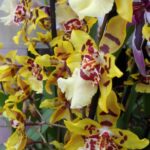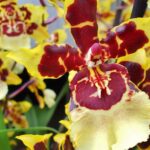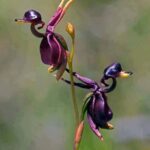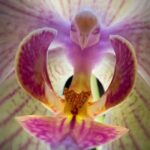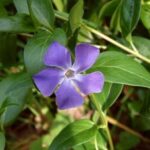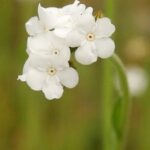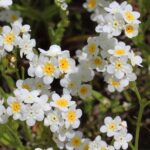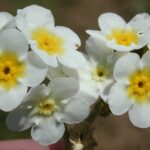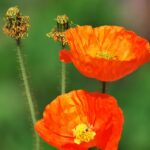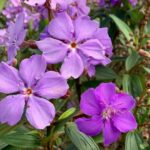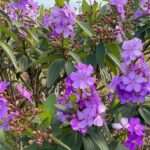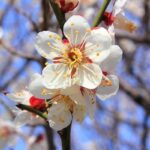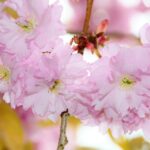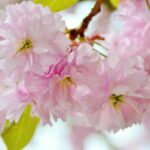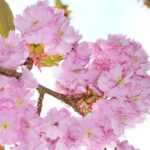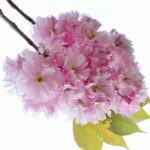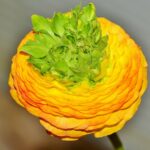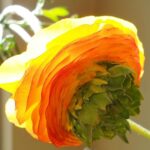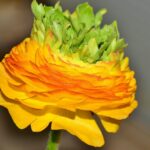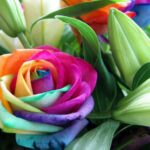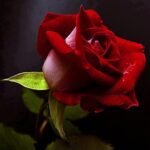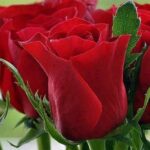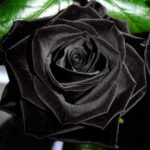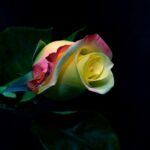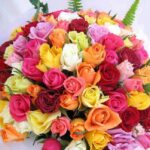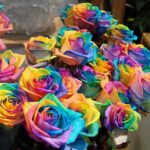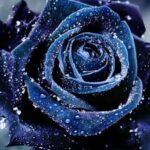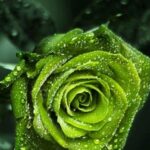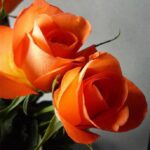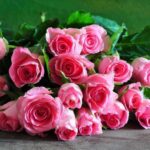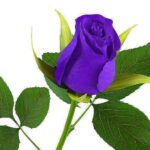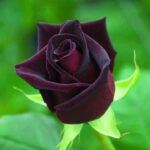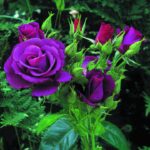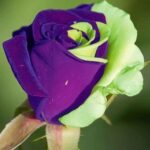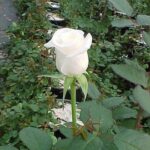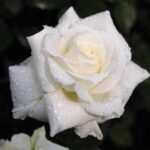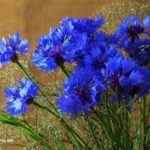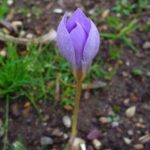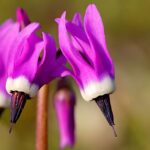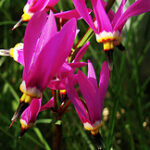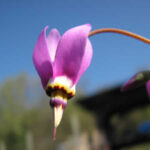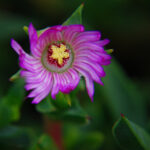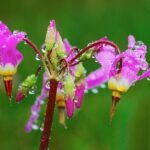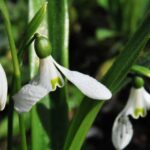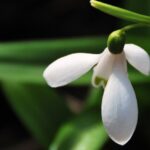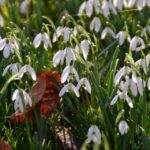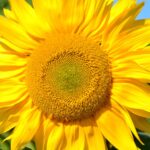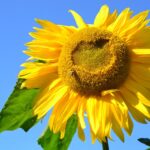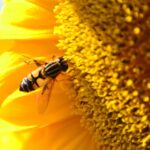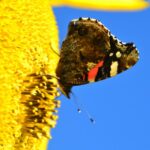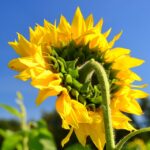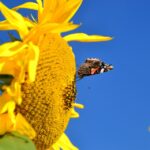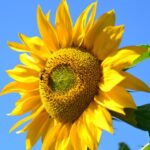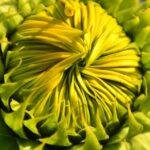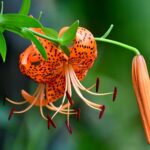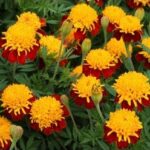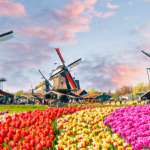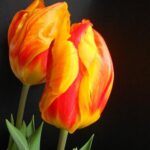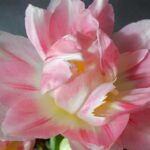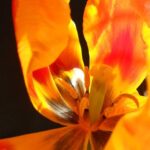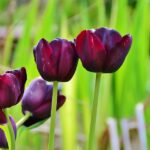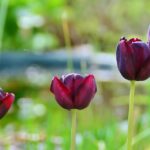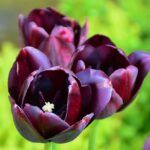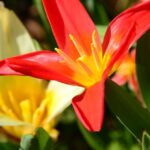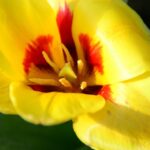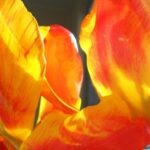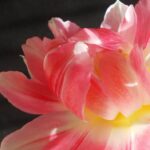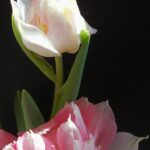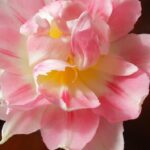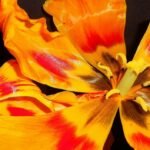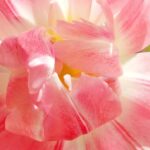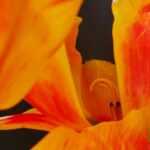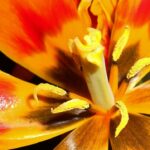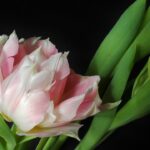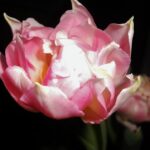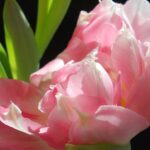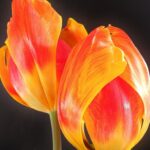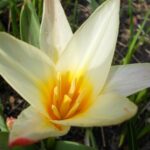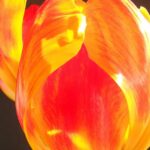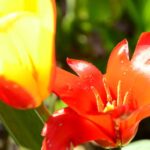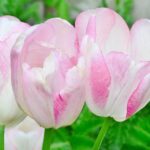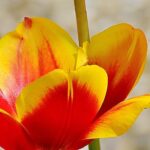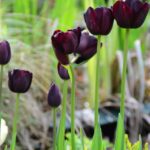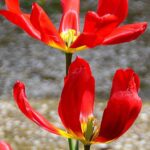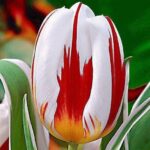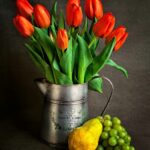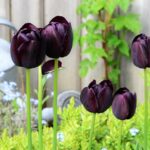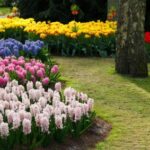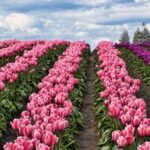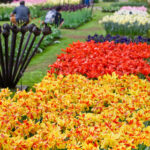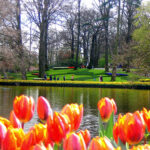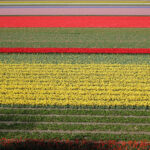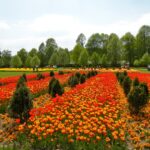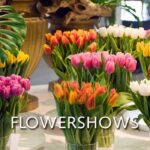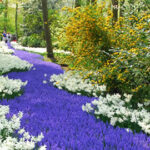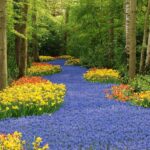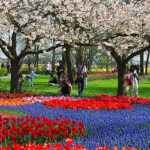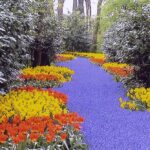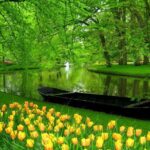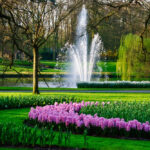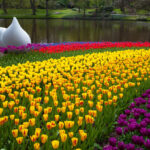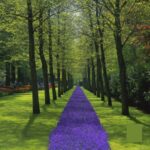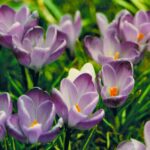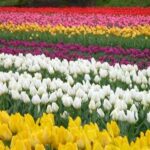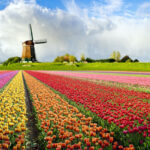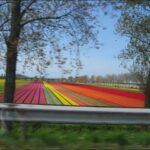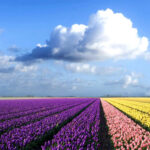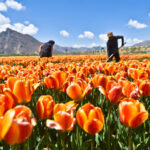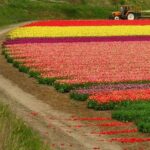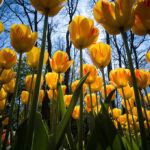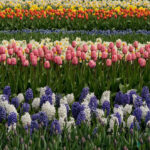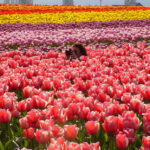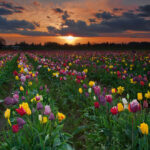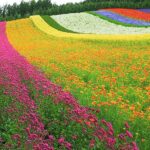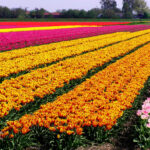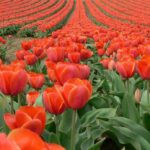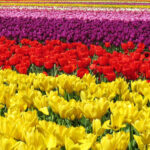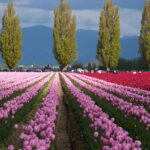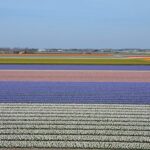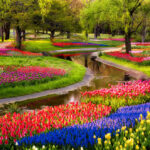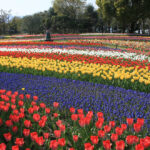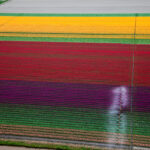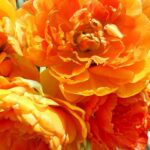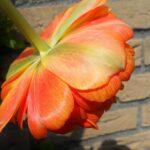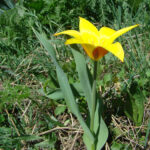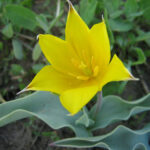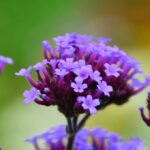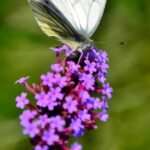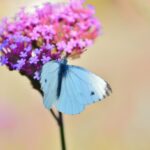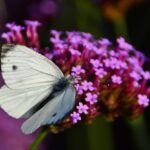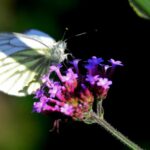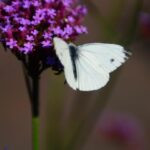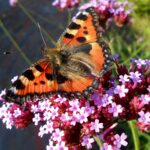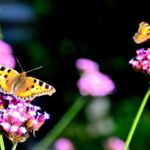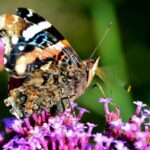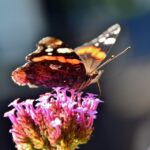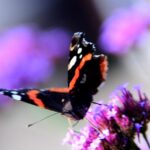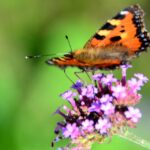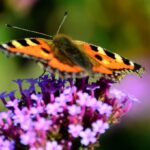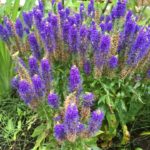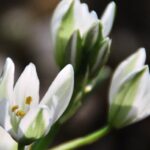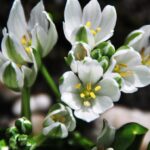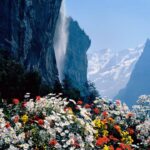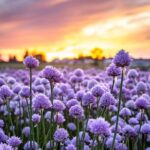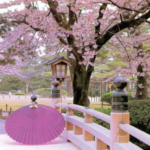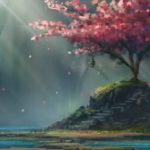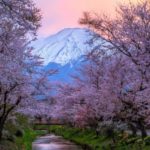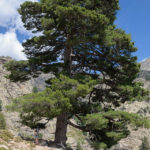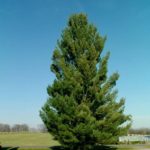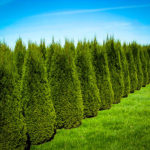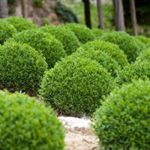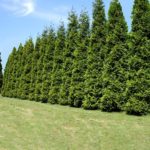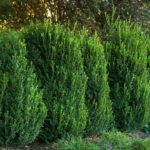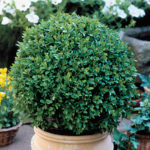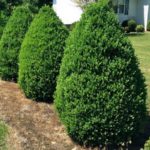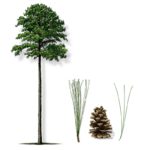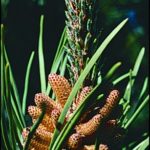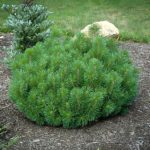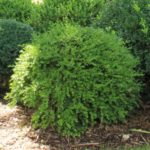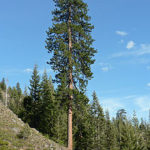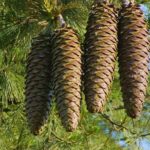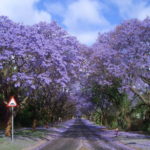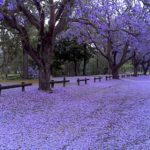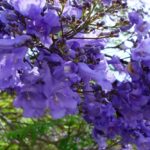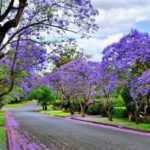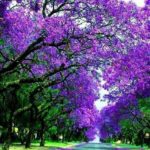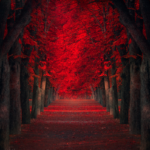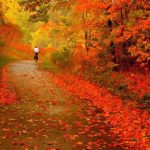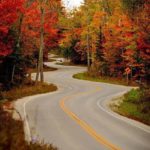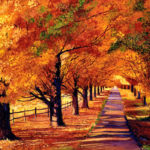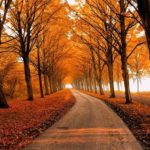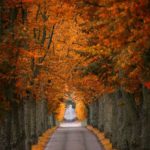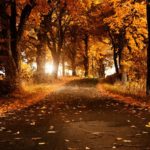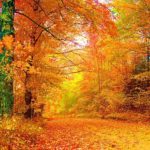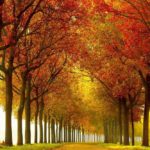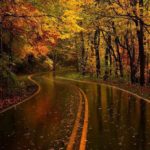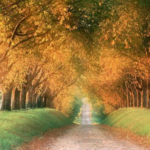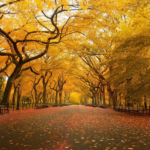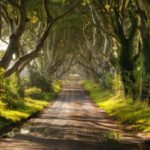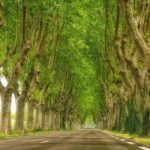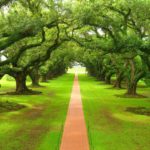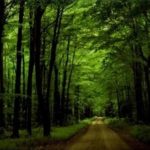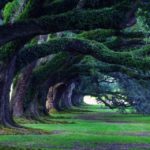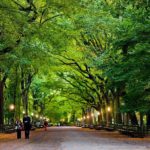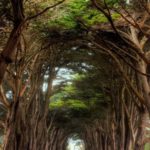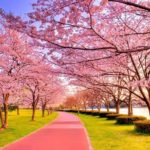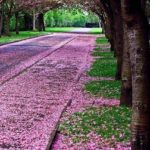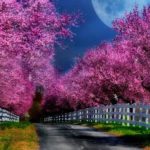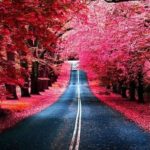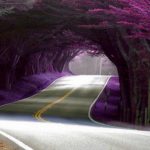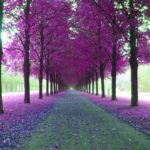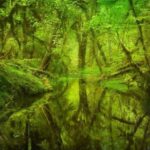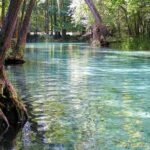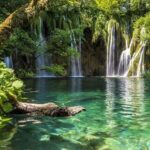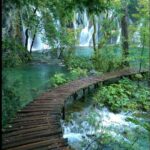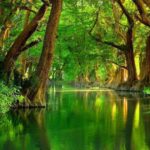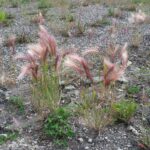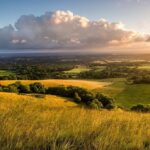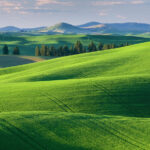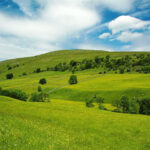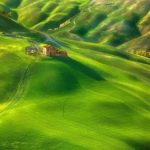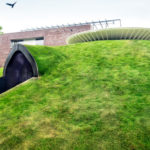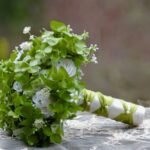There was once a time when all the worlds were landscaped, every region tended daily, sometimes with just a thought, other times with hands and words.
–
Table of Contents:
- Preface
- Landscaping Specifics
- Over Time
- Overall (Images Begin)
- Concepts
- Individual Species (Flowers, Trees, Grasses, ‘Smart-vines’)
- Relevant Holidays
–
Preface:
All of the areas in Inisfree with plants are landscaped, growing under controlled conditions, and have aphrodisiacs, colorful plants, and fragrant ones (a.k.a. aromatics), all of which are non-invasive. However, the term ‘landscaping’, when used colloquially, refers to the personal gardens, large flower pots doubling as traffic filters (allowing pedestrian while preventing vehicular), and normal-sized front and backyards, as well as the lawns designed for public viewing, such as in parks, and the rooftop farms and gardens. Flora across our city is typically categorized by size, and kept in areas with distinct borders, evident in the size of the plant-life they contain. Here are the basics:
- Landscaping: a no-canopy area; shortest plants, such as those commonly found in gardens, meadows, yards, and the like, always with direct sunlight, and no ‘smart-plants’ (plants in no-canopy areas do not respond to passersby)
- Biolume: a sometimes-canopy area; shorter plants, often with direct sunlight, and which glow and change various colors, especially evident in low light and nighttime
- Forests: ‘greenbelts’ which are single-canopy; regular-sized plants, such as small to average-height trees
- Swamp: the double-canopy of a jungle; taller and thicker plants, including house-sized trees and vines
- The Ferngully Crater: the true-rainforest’s triple-canopy; giants including trees several stories tall and taller, mushrooms big enough to function as group umbrellas, and flowers you can use as chairs
*Please do not try to pick any of our flowers, nor disturb any other plants in our realm –and especially do not ever try carving your initials into the bark of one of our trees! Our plants are people to us, friends and partners, loved ones, and are here for the same reason the rest of us are; to coexist lovingly as the same one eternal family. If you like a type of plant, tell one of the Inisfreean (ICV) girls stationed here, and she’ll show you were you can get a baby/new one to plant and keep in your own home in our realm.
–
Landscaping Specifics:
Hundreds of types of crops, flowers, shrubs, and trees are intelligently arranged throughout the many regions of Inisfree. Some are aromatic/fragrant, some bioluminescent, some succulent, and others placed for structural reasons. None are poisonous.
- Redwoods and sequoias dominate the alpine slope just below the Avalanche Wall., and many of our cabin-mansions and tree-mansions (think: big, luxurious tree-house) are built on/in/around them.
- Smaller (but still big and tall) trees surround our Kathedrom, Auz-dome, and neighborhoods of castles and mansions.
- Cherry Blossoms and other signature Asian/Oriental plants dominate the slopes around our blue-roofed mansion and ryokans.
- Rice patties and fruit trees dominate the slopes surrounding our Cropland.
- Ferns dominate the shady forest floor of our rainforest crater.
- Smart-vines (sexually interactive with passing/nearby horny females) are just about everywhere in our four square miles of swamp and marsh.
- More than half of the plants in our biolume forest greenbelts glow, some of them even visibly glowing in daylight, and the same is true of the flora down in our caves.
- Palm trees and shrubs dot our waterfall oasis. There are also many palm trees around our The Palms hotel, and up in our San Diego Hills neighborhood.
- Our Earthships and White Conexes neighborhoods, along with our Adobe Mansion, are predominantly accented with desert flora.
- Grasses and wildflowers surround our barn, biodomes, civilian airport, “Great Gate”, mall, school (LHS), shire, tipis, and yurts, as well as our American (a.k.a. “Asphalt Curves” or “Three Drives”) neighborhood, Arch City, the Flower Towers of Flower Towers Field, the Holistic Hospital, our Library of Congress II building, our Performing Arts Center, the theaters, the “Tree-castles” structures, and the Welcoming Square, along with most of our hotels.
- Glamp-sites and guard-turrets in Inisfree are half-enclosed/bordered with the normal shrubs and common trees found at most Outlands campsites. Our factories are also landscaped this way, with half of their rooftops being part of an Earthship-like back-hill.
- Atop Slant-top Spire are another variety of soft grasses and wildflowers.
- Grazing grasses and related plants pepper the terrain of our zoo.
- Trees, shrubs, and ivy dominate our Wylie Cove neighborhood.
- Low-altitude Evergreens encircle the lake we call Disc Pond.
- Patches of Evergreens and other alpine plants blanket our lower-altitude mountain-ranges.
- Aphrodisiacs are all around our academy and shrine-mansions, helping students there stay healthily energized and focused on mastering Vril.
- Thick island-jungle plants are all over our Beach Landing Area and the White Pail-shaped Buildings Complex.
- The lone street connecting the San Diego Hills neighborhood all the way up to the driveway double-gates of the King’s mansion is shaded by arches made from the touching branches of colorful trees, such as the Jacaranda.
- Only and all the favorite plants of The Governor (King Auz) are what you’ll find around his private house high on the slope of the central mountain (such as his all-time favorite, the Lupine flower).
- Underwater in our main lake, we have a reef full of colorful coral and other ocean plant lifeforms.
- Underwater in our Sea-tanks, we grow literal tons of edible seaweed.
- On the tops of the Floating Oasis Cylinders are a great variety of plants.
- Finally, rooftops and small troughs of edible small crops adorn all of our residences and eateries, from apartments to castles and restaurants to office buildings; all the way up our tallest skyscrapers.
For further details, ask your nearest Inisfreean girl; they know every single plant in our city; they know their scientific names and exact locations, as well as all the uses of those plants, etc..
For information about the landscaping unique to many of our roundabouts, see our Glowing Art Highway webpage.
There are more types of plants in Inisfree than those named on this webpage. The named ones here are just the featured ones.
The aphrodisiacs here only make our residents and guests feel comfortable sharing love the way their essences already want them to; aphrodisiacs do Not make people in our realm lose their inhibitions or do things they would Not normally be into.
–
Over Time:
The trees and other larger plants used as crops and landscaping across Inisfree grew as follows:
- 2010: Inisfree is still just FOB1 without Djinnifer/Grid Mind; there are no plants at this time
- 2011: thousands of the first plants have been ordered and are in transit
- 2012: all of the first wave of plants are planted during this year, and the 2 giant trees (Giant Baobab and Kapok Helix) have their growth accelerated with elf/fairy tech/power; the Kapok Helix (~3,900′; 11’/day; 1′ every 131 minutes; 1″ every 11 minutes; 1/16th of an inch every 41 seconds; still pretty slow and steady) and Giant Baobab (~2,600′; 7’/day; 1′ every 206 minutes; 1″ every 17 minutes; 1/16th of an inch every [minute and 4 seconds]; still pretty slow and steady) were grown around super-strong skyscraper-style ‘skeletons’ during this ONE YEAR
- 2013: 1st full year of growth for all landscaping
- 2014: all trees and other plants are now 2 years old
- 2015: Sequoias around the base of the Avalanche Wall are now at 20′ in height, and the Pecan trees of the Cropland are at 5′; most plants across Inisfree start to bear fruit by this year
- 2016: all trees and other plants are now 4 years old, about to bear fruit if they haven’t already
- 2017: all trees and other plants are now 5 years old, most of them bearing fruit
- 2018: all trees and other plants are now 6 years old
- 2019: Falon of rebuilt Rome arrives when all Inisfree’s fruit and nut trees are grown and producing (though Pecan trees are not at full height)
- 2020: Sequoias at 40′, Pecan trees at 10′
- 2030: Sequoias at 80′, Pecan trees at 20′
- 2040: Sequoias at 120′, Pecan trees at 30′
- 2050: Sequoias at 160′, Pecan trees at 40′
- 2060: Sequoias at 200′, Pecan trees at 50′
- 2070: Sequoias at 240′, Pecan trees at 60′
- 2080: Sequoias at 280′, Pecan trees at 70′
- 2090: Sequoias at 320′, Pecan trees at 80′
- 2100: Sequoias at 360′, Pecan trees at 90′
- 2110: Sequoias at 400′, Pecan trees at 100′ (both at max height for this species in current Earth surface conditions)
–
Overall:
–
Concepts:
–
Individual Species
Flowers
Akelei Columbine:
–
Allium:
–
Anemone:
–
Arnica:
–
Aster:
–
Aventuras:
–
Azaleas:
–
Begonia:
–
Bird of Paradise:
–
Blue Sage:
–
Bluebell:
–
Bluebonnets:
–
Bottlebrush:
–
Cactus:
–
Calendula:
–
Camellias:
–
Cherry Blossoms:
–
Chiming Bells:
–
Chionodoxa:
–
Crème de la Crème:
–
Crocus:
..

–
Daffodil:
–
Dahlia:
–
Daisy:
–
Delphinium:
–
Dittany:
–
Echinacea:
–
Edelweiss:
–
Ficus:
–
Fire Pink:
–
Fireweed:
–
Fuchsia:
–
Gardenia:
–
Gladiola:
–
Golden Star:
–
Hibiscus:
–
Hyacinth:
–
Hymenocallis:
–
Iris:
–
Jacaranda:
–
Jasmine:
–
Krokus:
–
Larkspur:
–
Laurentia:
–
Lavender:
–
Lily:
..

–
Liriope:
–
Lotus:
..

–
Lupine:
..

..

–
Lyre-leaved Sage:
–
Magnolia:
–
Maui:
–
Narcis:
–
Orchid:
..

–
Pansy:
–
Penstemon:

–
Periwinkle:
–
Philadelphia Fleabane:
–
Plumeria:
–
Popcorn Flower:
–
Poppies:
–
Princess Flower:
–
Prunus:
–
Ranonkel:
–
Roses:
–
Rugiageles:
–
Saffron:
–
Shooting Stars:
–
Siberian Iris:
–
Snowdrop:
–
Spanish Moss:
–
Sunflower:
–
Thistle:

–
Tiger Lily:
–
Tiger’s Eye:
–
Tulip:
–
Urucum:
–
Verbena / Vervain:
–
Veronica Spicata:
–
Vogelmelk:
–
Water Lily:

–
Wild Man’s Herb:
–
Winter Aconite:
–
Combinations:
–
Not Yet Named:
–
Trees
Cherry Blossom:
–
Evergreen:
–
Jacaranda:
–
King’s Drive species:
–
Palm:
–
Swamp Species:
–
Miscellaneous/Unnamed:
..
Mt. Rainier selection:

–
Grasses
Foxtail Barley:
2024 September: seeking the name of the Shadow mntn, forest-rd 30340 (in WY), pale pink whitish topped, w/ red-orange leaves, big grass-like plants clusters –will apply to: meadow fields, and cabins slope, etc.
- not found here
–
For the Meadows:
–
Legumes
Clover:
–
‘Smart-vines’
For the girls visiting Inisfree, if you are interested in experiencing loving sensations from semi-mobile plant-life, all you need do is approach any of the vines or other similar flora in our realm. You can find them in any of our greenbelts, forests, rainforests, and jungles. Once within reach of them, they will start sensing what you hope for, then carry it out for you. Enjoy.
–
Relevant Holidays:
- 7 January (7 Janus on our calendar): Beans
- 10 January (10 Janus on our calendar): House-plants
- 12 January (12 Janus on our calendar): ‘Farmacy’ Day (how healthy plants (never pharmaceuticals) heal/cure all)
- 4 February (6 Februus on our calendar): Stuffed Mushrooms
- 12 February (15 Februus on our calendar): Plums
- 26 February (1 Mars on our calendar): Pistachios
- 1 March (4 Mars on our calendar): Almond Butter
- 9 March (12 Mars on our calendar): Butterflies
- 12 March (15 Mars on our calendar): Holi (Festival of Colors) – because we make all the colored dye/powder from plants here
- 15 March (18 Mars on our calendar): Tea
- 18 March (21 Mars on our calendar): Cabbage
- 24 March (27 Mars on our calendar): Fragrances
- 26 March (1 Aperire on our calendar): Spinach
- 12 April (18 Aperire on our calendar): Pecans
- 13 April (19 Aperire on our calendar): Peaches
- 19 April (25 Aperire on our calendar): Garlic
- 23 April (1 Maiesta on our calendar): Zucchini
- 28 April (6 Maiesta on our calendar): Arbor Day (plant or celebrate a tree)
*Usually there is no more tree-planting in Inisfree, as all the seeding/landscaping has already been completed, and the plants in our realm are immortal. - 6 May (14 Maiesta on our calendar): Oranges
- 15 May (23 Maiesta on our calendar): Chocolate Chips
- 28 May (8 Venus on our calendar): Composting
- 6 June (17 Venus on our calendar): Gardens/Gardening
- 10 June (21 Venus on our calendar): Herbs & Spices
- 14 June (25 Venus on our calendar): Fresh Veggies
- 8 July (21 Auzdein on our calendar): Blueberries
- 31 July (16 Shakira on our calendar): Lughnasadh Eve (festival to mark the annual wheat harvest –in the Outlands; in Inisfree, we harvest more than annually)
- 3 August (19 Shakira on our calendar): Nuts
- 4 August (20 Shakira on our calendar): Watermelon
- 16 August (4 Agharta on our calendar): Honey-bee Awareness
- 4 October (25 Harvest on our calendar): Kale
- 13 October (6 Thor on our calendar): Farming/Farmers’ Day
- 20 October (13 Thor on our calendar): Fruit
- 19 November (15 Odin on our calendar): Broccoli
- 23 November (19 Odin on our calendar): Cashews
- 29 November (25 Odin on our calendar): Asparagus
- 2 December (28 Odin on our calendar): Red Apple
- 12 December (10 Nibiru on our calendar): Lupines
- 17 December (15 Nibiru on our calendar): Maple Syrup
–







